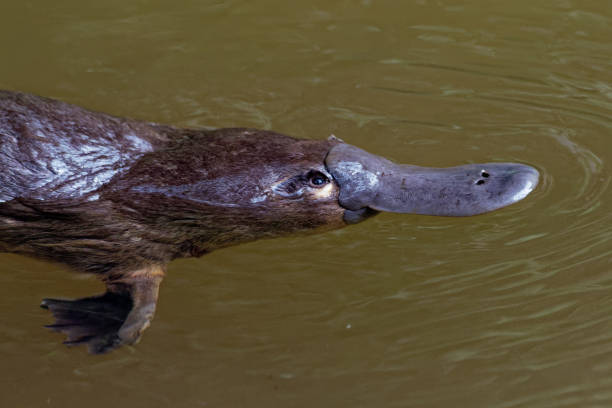Echidnas: The Fascinating World of Egg-Laying Mammals
Monotremes, a unique group of egg-laying mammals, have long captivated scientists and animal enthusiasts alike. Among these remarkable creatures, the echidna stands out as a true marvel of evolution. With its spiny exterior, long snout, and peculiar reproductive habits, the echidna offers a glimpse into a world where mammalian and reptilian characteristics intertwine. This article delves into the intriguing life of echidnas, exploring their biology, behavior, and the challenges they face in the modern world.

Spines and Snouts: The Echidna’s Distinctive Anatomy
One of the most striking features of the echidna is its coat of sharp spines, reminiscent of those found on hedgehogs and porcupines. These spines, which are actually modified hairs, serve as a formidable defense mechanism against predators. Beneath this prickly exterior lies a body adapted for a specialized diet and lifestyle. The echidna’s elongated snout houses a remarkable tongue that can extend up to 18 centimeters, perfect for probing into ant nests and termite mounds. Their powerful claws and muscular limbs are ideally suited for digging, allowing them to forage for food and create burrows for shelter.
The Egg-Laying Enigma: Reproduction in Echidnas
Perhaps the most intriguing aspect of echidna biology is their unique reproductive process. As monotremes, echidnas lay eggs instead of giving birth to live young, a trait that sets them apart from all other mammals. The female echidna typically lays a single egg, which she then transfers to a specialized pouch on her belly. After about 10 days, a tiny, jellybean-sized puggle (baby echidna) hatches from the egg. The puggle remains in the pouch for several months, feeding on milk secreted from special glands in the mother’s skin. This remarkable blend of reptilian egg-laying and mammalian milk production showcases the echidna’s evolutionary distinctiveness.
Echidna Intelligence: Surprising Cognitive Abilities
Despite their ancient lineage and seemingly primitive appearance, echidnas possess a level of intelligence that rivals many other mammals. Recent studies have revealed that echidnas exhibit complex problem-solving skills and have surprisingly large brains relative to their body size. Researchers have observed echidnas using tools to assist in foraging and demonstrating remarkable spatial memory. These cognitive abilities challenge our preconceptions about brain evolution and highlight the echidna’s adaptability in various environments.
Conservation Challenges: Protecting the Spiny Survivors
While echidnas have proven resilient throughout their long evolutionary history, they now face numerous threats in the modern world. Habitat loss, road accidents, and predation by introduced species such as foxes and feral cats pose significant challenges to echidna populations. Climate change also presents a growing concern, as rising temperatures may affect the availability of their insect prey and impact their reproductive cycles. Conservation efforts are underway to protect these unique creatures, including habitat restoration projects and public education initiatives to raise awareness about the importance of echidna conservation.
The Future of Echidna Research: Unraveling Evolutionary Mysteries
As our understanding of echidna biology and behavior continues to grow, these remarkable animals offer valuable insights into mammalian evolution and adaptation. Ongoing research focuses on decoding the echidna genome, which may provide clues about the early development of mammalian traits. Additionally, studies on echidna venom (produced by males during breeding season) show promise for potential medical applications. The echidna’s unique physiology and evolutionary history make it a subject of great interest in fields ranging from paleontology to biotechnology.
In conclusion, the echidna stands as a testament to the diversity and resilience of life on Earth. These spiny, egg-laying mammals continue to challenge our understanding of animal biology and evolution. As we work to protect and study these fascinating creatures, we not only ensure the survival of a unique species but also gain valuable insights into our own evolutionary past and the complex web of life that surrounds us.






